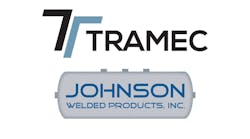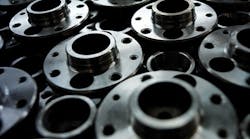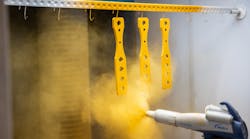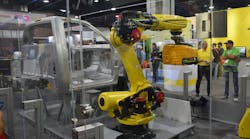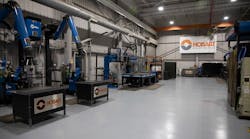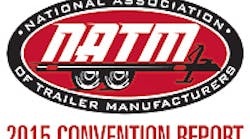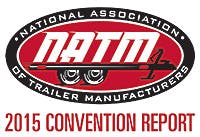PRODUCTIVITY at an average welding operation can be improved by 20% with little or no capital investment, according to Bill Pharmer, senior weld-process engineer for Airgas’ south region.
“The average operation is purchasing two to three times the shielding gas required,” Pharmer said. “We have found this is not only an issue with the cost of the gas, but also the gas mix used. The gas mix and gas quality can have a significant impact on the amount of rework generated.”
Pharmer said the average time welders have their “arc on” and are actually welding is only nine minutes per hour.
He said that Airgas executives are hearing from US manufacturing companies that these are the most important issues: cost reduction and productivity initiatives; employee training and skilled welders; and new technology in operations and automation.
“Most procurement teams can influence price but not mix or consumption,” Pharmer said. “The potential gain with a price focus is 1% to 5%. About one-third of these procurement teams use TCOs (Total Cost of Ownership) with their vendors. The potential gain when pulling multiple savings levers is 15% to 25%.”
Quality standards are critical. He asked these questions:
• What are the quality standards?
• Is there a quality inspection procedure?
• Is there any re-work?
• Are welding procedures in place?
• What are the weld specifications?
• What’s working? What’s not working very well?
• What is the main thing you would like to improve?
“It’s all about doing it right the first time, doing it consistently right all the time, and control of inputs,” he said.
Pharmer said welding is a science by which everything is measurable.
What to measure with weld inputs:
• Joint type. Butt, T, lap, corner, and edge.
• Joint description. Bevel angle, depth of bevel, groove angle, root gap, and root face.
• Process selection. Deposition rate, penetration, position, skill, and cost.
• Base metal. Type, thickness, surface condition, and fit-up.
• Filler metal. Diameter, properties, and bead shape.
• Shielding gas. Arc stability, bead shape, properties, surge, and flow.
• Pre-post heat treatment. Temperature, time, and properties.
• Position. Cost, weld appearance, and welder fatigue.
• Technique. Torch angle, push/drag, stick out, and stringer/weave.
• Weld procedures. Wire speed, voltage, and travel speed.
• Rework criteria. Spatter, porosity, penetration, cracks, bead shape, and weld size.
“To make and manage the change, know your current baseline: What’s going on now?” he said. “Gather data and do a complete evaluation of your shop. A baseline efficiency report is a survey based on accurate data that will establish your current efficiencies and deficiencies. What’s working? What not working? Set priorities. You only know what to improve if you know what you need to improve. You might think you know now, but don’t assume.”
Calibrate equipment at the arc, he said, and ensure electrical integrity of all welding circuits. Also consider digital equipment on feeders.
Pharmer said the weld cost perspective breaks down like this: labor 85%, wire and gas 9%, equipment 4%, and power 2%. Common hidden costs are weld volume, deposition rate, operator factor, spatter, and gas-flow control.
“The shielding gas, in addition to protecting the weld puddle, influences the entire process, operation, and resultant welds,” he said. “Specifically, it also affects metal transfer, penetration, bead shape, welding speed, spatter, mechanical properties, and fume and smoke.
The Procedure Qualification Record (PQR) makes the weld specified.
“It’s dependent on variations in base metal, joint type, position, thickness, process selection, consumables used, properties, fit-up,” he said. “Measure and record all input variables. Perform visual, destructive/non-destructive tests as required.
The Efficiency Analysis (EA) begins as a data-gathering exercise. Purchasing Department activity includes: gas purchases; wire purchases; purchase quantities for contact tips, nozzles, diffusers, liners, anti-spatter spray, torches and grinding wheels; shop floor activity; a walk-through to understand the type of welding and number of welders; crunching the numbers to see the health of the “system”; comparing information with the database; and benchmarking/quantifying opportunities for improvement.” ♦
